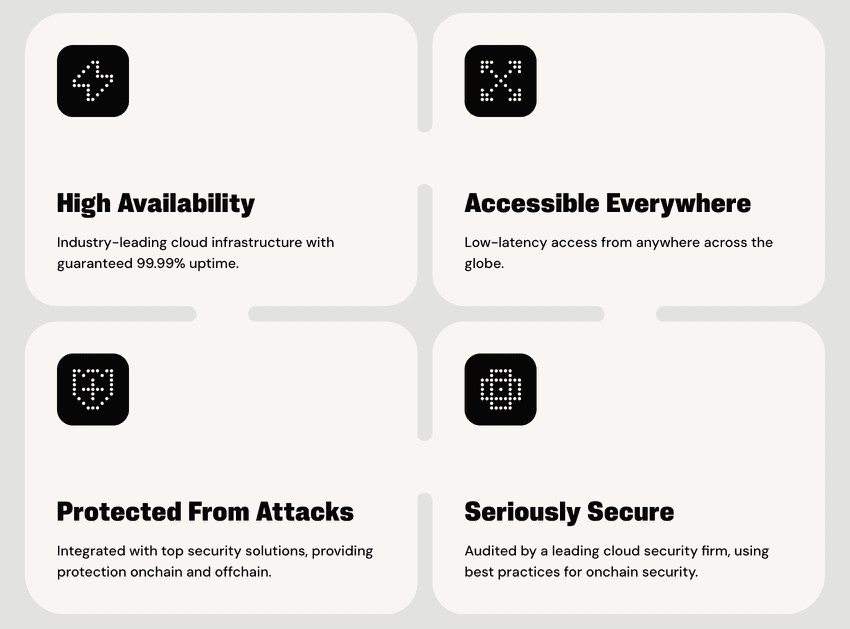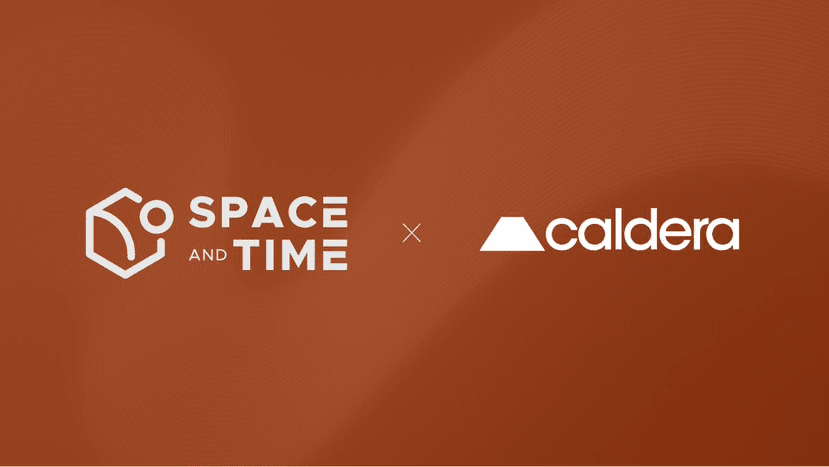Today's era rewards have also arrived, it's really great, very generous, brothers.
Positioning in one sentence: Caldera is not 'just another L2', but an integrated platform of Rollup-as-a-Service (RaaS) + Metalayer interoperability layer—helping teams deploy dedicated Rollups in minutes and connect these Rollups with a unified interoperability network, creating an 'Internet of Rollups'.
What problems does it really solve?
Currently, Ethereum scaling has entered the 'hundred chains era', but fragmentation (liquidity & UX fragmentation) is severe: each Rollup is a separate system, different bridges, different messaging channels, and fragmented experiences. Caldera's idea is:
Make deployment as easy as launching a cloud host: Rollup Engine templates for off-chain;
Enable seamless interoperability between chains by default: Metalayer is responsible for messaging, cross-chain execution, and liquidity routing.
Product Stack: Rollup Engine + Metalayer
Rollup Engine: One-click off-chain + production-grade hosting
Support for multiple mainstream frameworks: Arbitrum Nitro, Optimism Bedrock (OP Stack), zkSync's ZK Stack, Polygon CDK, etc.; you can directly select frameworks and network parameters during deployment. It also includes high-availability sequencers, RPC, indexers, browsers, and other supporting components.
Data availability (DA) is pluggable: In addition to Ethereum blobs, the official team has integrated Alt-DA solutions like Celestia, significantly reducing costs and increasing throughput for high throughput scenarios.
Note: Caldera is also producing DA popular science and selection articles; the principles of Celestia's DAS/NMT and OP Stack's Mod interface are relatively mature and are currently one of the most common Alt-DA combinations.
Metalayer: The 'system bus' across Rollups
Messaging Layer: Metalayer's message transmission is built on the Hyperlane protocol, supporting 1-to-1 and many-to-1 reads, enabling cross-chain read/write and scheduling.
Intents / Solver Architecture: Introduces Intents and Solvers, transforming 'cross-chain transfer/calls' into 'declare intent—network selects the optimal path to execute', aiming for more stable and predictable cross-chain execution.
Bridge Preview: Caldera will release the bridge aggregation preview version in July this year, the first user-facing product running directly on Metalayer, automatically selecting the optimal bridge route and connecting to mainstream liquidity hubs.
How do developers choose? (framework / DA / Gas)
Framework: OP Stack / Arbitrum Nitro: Optimistic type, mature ecosystem, complete toolchain, cost-friendly;
ZK Stack / Polygon CDK: Zero-knowledge type, suitable for teams with higher security/settlement needs or those needing cross-chain proofs.
Data Availability:
ETH blob: Strong security, relatively high cost;
Alt-DA solutions like Celestia: Significantly reduce costs and increase throughput, suitable for gaming/social/high-frequency interaction; Caldera has provided a mass production path for Celestia integration.
Gas Experience:
In Caldera's deployment guide, you can choose native Gas tokens (including stablecoin options), or follow the account abstraction paymaster path to create an experience of 'stablecoin payment on the surface, exchange ETH underneath'.
Real Implementation: Who is using it?
Manta Pacific: One of the early mass production cases of Caldera's customized OP Stack + Celestia DA; the official roadmap clearly records this path.
Injective inEVM: An EVM runtime environment collaborated by Injective and Caldera, bridging Cosmos ↔ Ethereum (and connecting Solana), commonly used cross-chain messaging via Hyperlane/LayerZero.
ApeChain, B3, Zerion, XPLA, etc.: Appeared as partners in Caldera's ecosystem list and research report.
Network scale and milestones (official metric)
The official definition of 'Internet of Rollups', the general cross-chain Gas / staking / governance uses of ERA, and the structure of Metalayer's Intents + Hyperlane messaging are all clearly outlined in the Binance Research project page.
The engine and network scale disclosed by Caldera (TVL, transactions, and address numbers) and the roadmap (Metalayer GA, Token as Metalayer Gas, decentralized verification and ordering, etc.) are also concentrated on this page, serving as a primary reference. Token Design: The role and supply of ERA.
ERA is not just a label for 'price fluctuations', but a necessary component for network operation:
Universal cross-chain Gas: Cross-Rollup transactions and relay fees settled using ERA;
Staking / Security: Used for Metalayer verification and future sub-network security;
Governance: Protocol upgrades, fee mechanisms, treasury expenditures, etc., governed by token holders;
Ecosystem Coordination: Initially used to foster collaboration and cold starts between chains.
Supply: Total of 1 billion; initial circulation of 148.5 million (14.85%) when listed on Binance, and airdropped 20 million ERA to BNB holders as HODLer Airdrop allocation.
Community Operations Side: The official team has just launched the 'ERA Force One' plan, organizing token holders and stakers using a military rank-based system, providing different levels of governance/communication rights and benefits.
Market Status (as of 2025-08-13)
Price/Market Cap: The current price of ERA is approximately $1.03–1.04, with a circulation of 148.5 million, circulating market cap around $1.52–1.54 million, and FDV around $1 billion;
Historical High: Coinbase's metric $1.73 (2025-07-17).
Data fluctuations are based on authoritative market pages (CMC/Coinbase).
Practical suggestions for project parties
High-frequency scenarios (chain games/social/real-time trading): Prioritize OP Stack/Arbitrum Nitro + Celestia DA, optimize costs and throughput to usable levels, and then use Metalayer for cross-chain tasks and asset routing.
Security/Compliance Module: If the strictness of proof/settlement is more demanding, consider evaluating ZK Stack/Polygon CDK; some combinations can also set stablecoins as Gas to reduce user learning and tax complexity.
Cross-ecosystem demand: If you are making strides in a Cosmos or parallel multi-VM environment (like Injective), reuse the inEVM + Hyperlane reference architecture to avoid building your own bridges and maintaining routing.
Why is its 'position' critical?
From 'tool' to 'network': In the past, RaaS only solved 'off-chain', while Caldera synchronously solves 'cross-chain interoperability'. This point determines that it not only improves single-chain performance but also reduces the fragmentation costs of the entire network.
Mature engineering implementation: OP/Arb/ZK multi-stack in parallel, mass production of Alt-DA, optional native Gas, bridge aggregation and Intents preview are all progressing; the official roadmap lists decentralization of Metalayer, Staking, and ordering decentralization as phased goals.
Risk Warning (realistically speaking): The execution complexity of Metalayer's Intents/Solver and cross-chain security remains a high-difficulty system in engineering, requiring time to evolve from 'preview version' to 'fully decentralized'.
Industry Competition: RaaS/interoperability layered track has strong contenders (Conduit, AltLayer, other messaging protocols), advantages need to be validated over the long term with ecosystem scale + developer experience. Tokens and unlocking: Clear supply and use, but prices are still highly influenced by market risks and unlocking rhythms; key metrics should be based mainly on BinanceResearch/CMC, paying attention to official subsequent disclosures.



